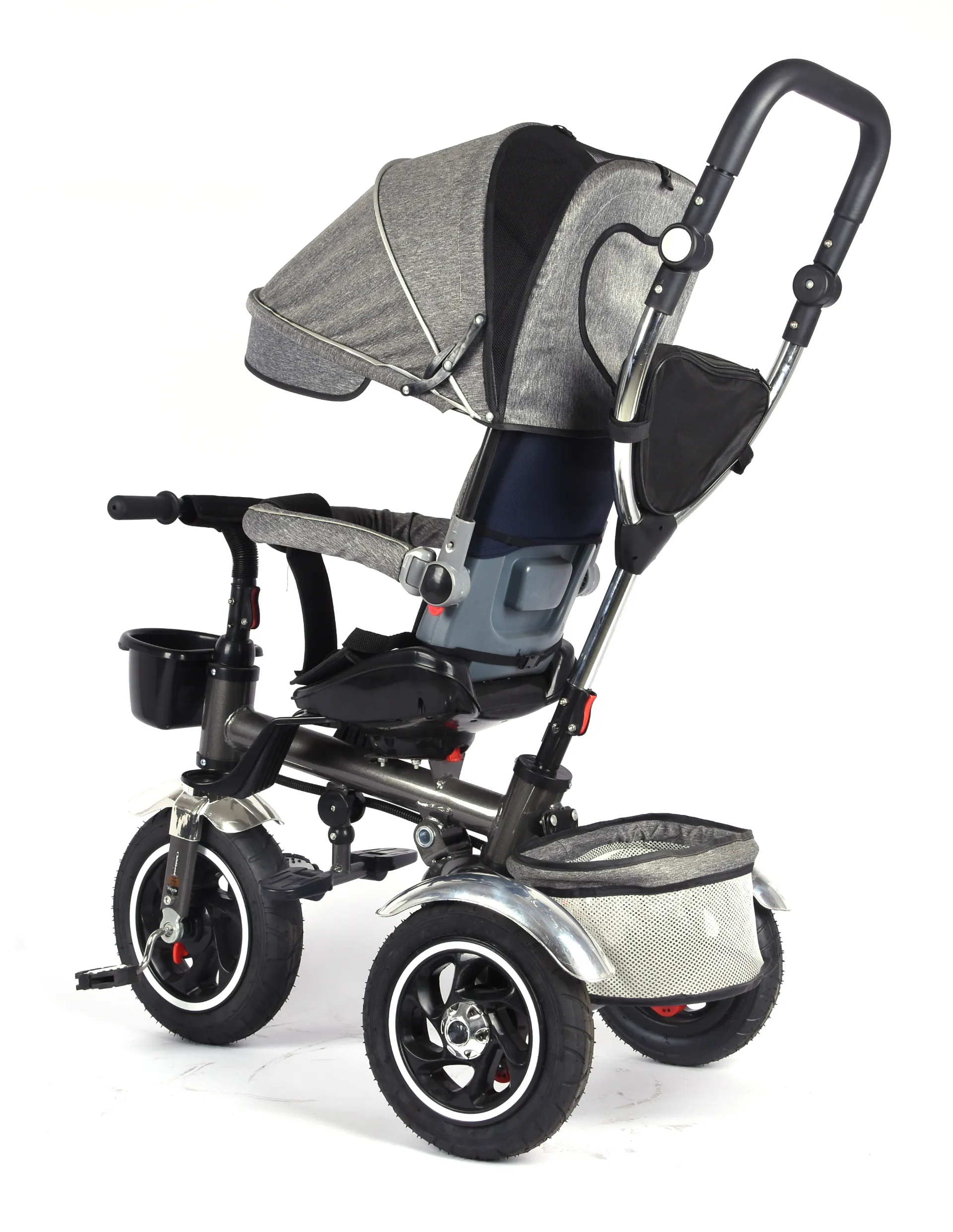steel mountain bike
Exploring the World of Steel Mountain Bikes
In the realm of mountain biking, enthusiasts constantly seek out the perfect blend of performance, durability, and style. One timeless choice that continues to gain popularity among riders is the steel mountain bike. Known for its unique characteristics and riding experience, steel has made a noteworthy comeback in a world increasingly dominated by aluminum and carbon fiber.
Steel, as a material, has long been respected for its strength and resilience. In mountain biking, this translates into a robust frame that can handle the rigors of rough terrains, descents, and obstacles. Unlike aluminum, which can be prone to fatigue, steel offers remarkable durability. It can endure significant stress without the fear of bending or breaking. This attribute makes steel mountain bikes ideal for rugged trails and challenging slopes.
One of the most appealing aspects of steel is its natural shock absorption capability. Riders often report a smoother ride on steel frames due to the material's ability to absorb vibrations better than its lighter counterparts. This leads to increased comfort during long rides, particularly on uneven surfaces or bumpy trails. For mountain bikers who spend hours navigating through challenging landscapes, this comfort can make a significant difference in performance and enjoyment.
Another advantage of steel mountain bikes is the ease of repair. In the event of damage during a ride, steel frames are relatively easy to fix, unlike carbon fiber, which often requires replacement after a crack or break. Many riders appreciate the practicality of being able to make on-the-spot repairs using basic tools, ensuring that their biking experience is not cut short by minor mishaps.
steel mountain bike

Moreover, there is an undeniable aesthetic appeal to steel bikes. The shiny finish of steel frames can be a significant draw for many riders. Custom paint jobs and distinctive designs allow for personality and style to shine through, making these bikes not only functional but also visually striking. Steel bikes often evoke a sense of nostalgia, reminiscent of the golden age of cycling when craftsmanship was prioritized over mass production.
While some may argue that steel bikes are heavier than their aluminum or carbon counterparts, advancements in manufacturing have led to lighter steel options that don’t compromise on strength. This has made it possible for riders to find a suitable balance between weight and durability. Furthermore, many bike manufacturers now offer various geometries and designs tailored to different riding styles, allowing riders to find a steel frame that meets their specific needs.
In recent years, the resurgence of craftsmanship in bike production has also contributed to the popularity of steel mountain bikes. Small, boutique manufacturers have sprung up, focusing on handmade, custom bikes that embody the rider’s vision. This craftsmanship not only fosters a sense of community but also elevates the overall riding experience, as each bike tells its unique story.
In conclusion, steel mountain bikes offer an exceptional combination of durability, comfort, aesthetic appeal, and repairability. As riders continue to seek bikes that provide a reliable and enjoyable experience, the steel mountain bike stands out as a superb choice. Whether navigating through rugged trails or leisurely rides, steel bicycles have an enduring charm that captures the essence of mountain biking culture. For those looking to invest in a mountain bike that embodies resilience and character, a steel frame might just be the perfect option.
-
kids-scooter-tiny-olympic-games-scooterathlonNewsAug.22,2025
-
kids-scooter-waves-xingtai-zhongzhous-global-rippleNewsAug.22,2025
-
baby-tricycle-oem-legacy-zhongzhou-forgedNewsAug.22,2025
-
xingtais-twin-tricycle-revolution-siblings-ride-togetherNewsAug.22,2025
-
baby-tricycle-design-inspired-by-ancient-armorNewsAug.22,2025
-
nfc-chip-enabled-oem-baby-tricycle-trackingNewsAug.22,2025
-
The Perfect Baby TricycleNewsAug.11,2025








